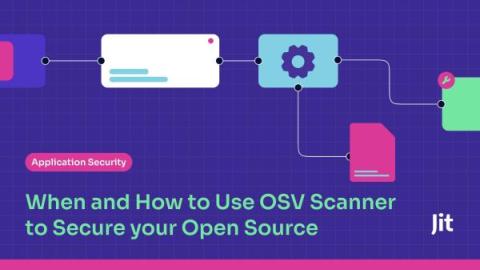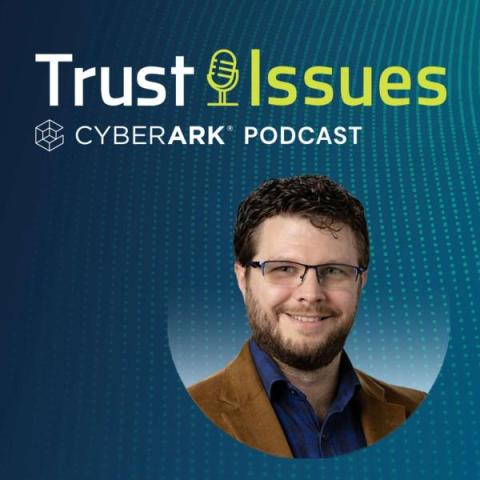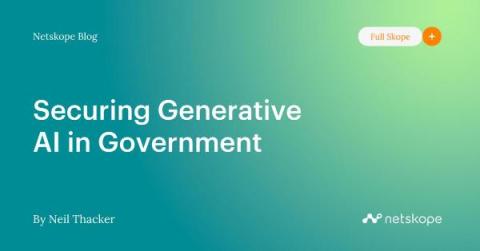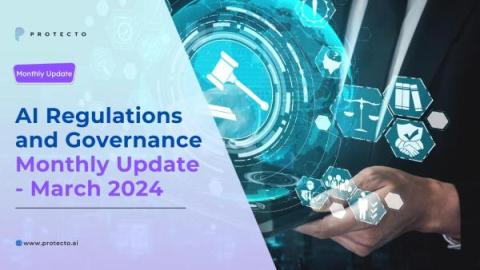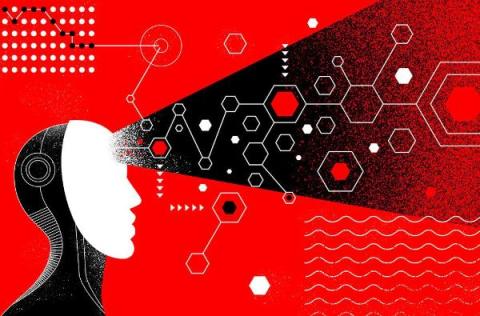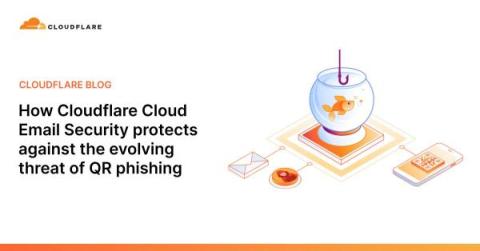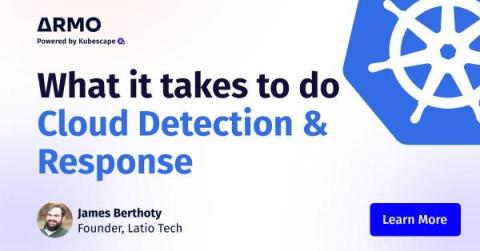Unleashing Innovation: The Dynamics of SaaS Development Agencies
In today's rapidly evolving business landscape, agility and scalability are paramount. Traditional software models often struggle to meet the dynamic demands of modern enterprises. Enter Software as a Service (SaaS), a game-changing paradigm that offers flexible, subscription-based solutions accessible via the cloud. SaaS applications empower businesses to streamline operations, enhance productivity, and adapt to market shifts with ease.



